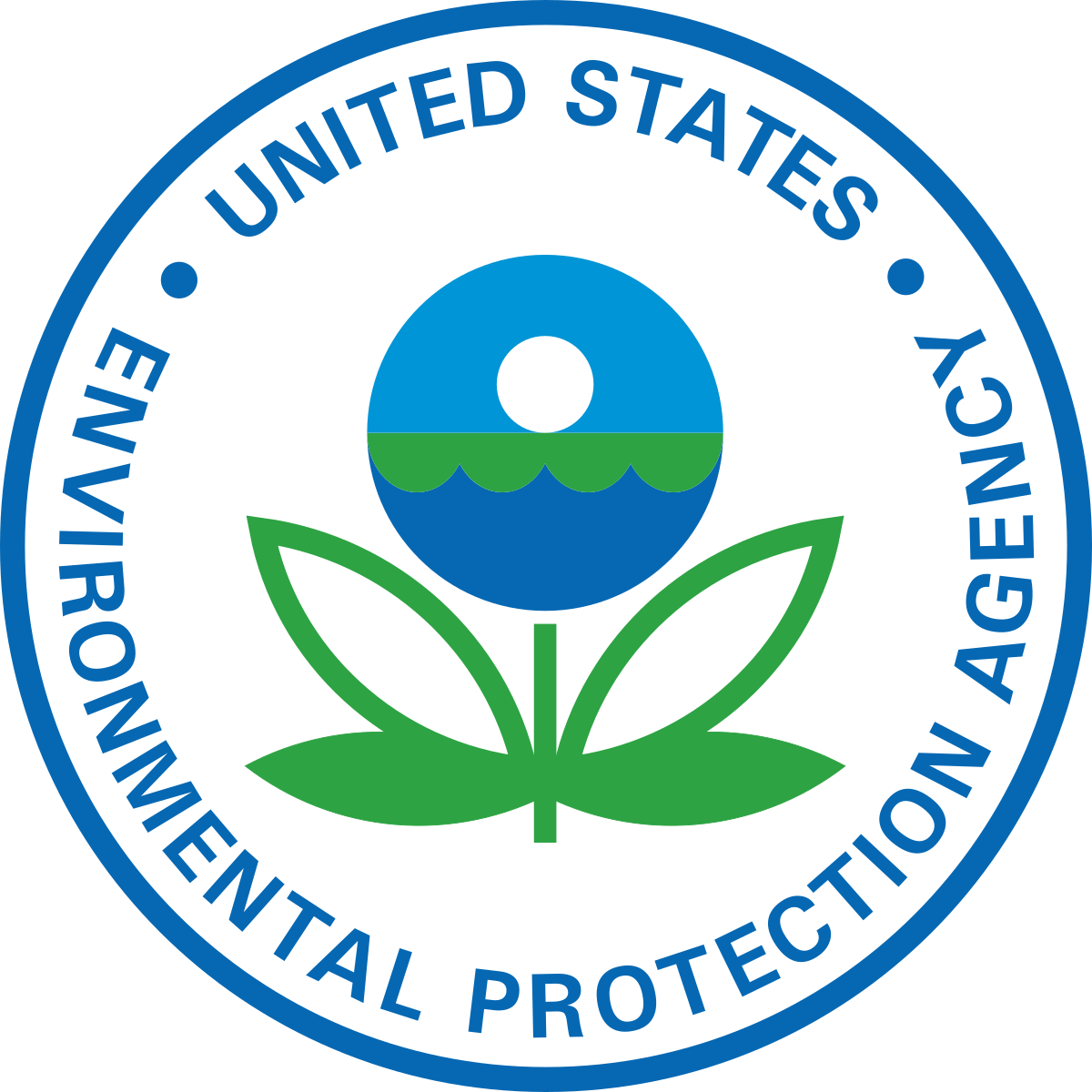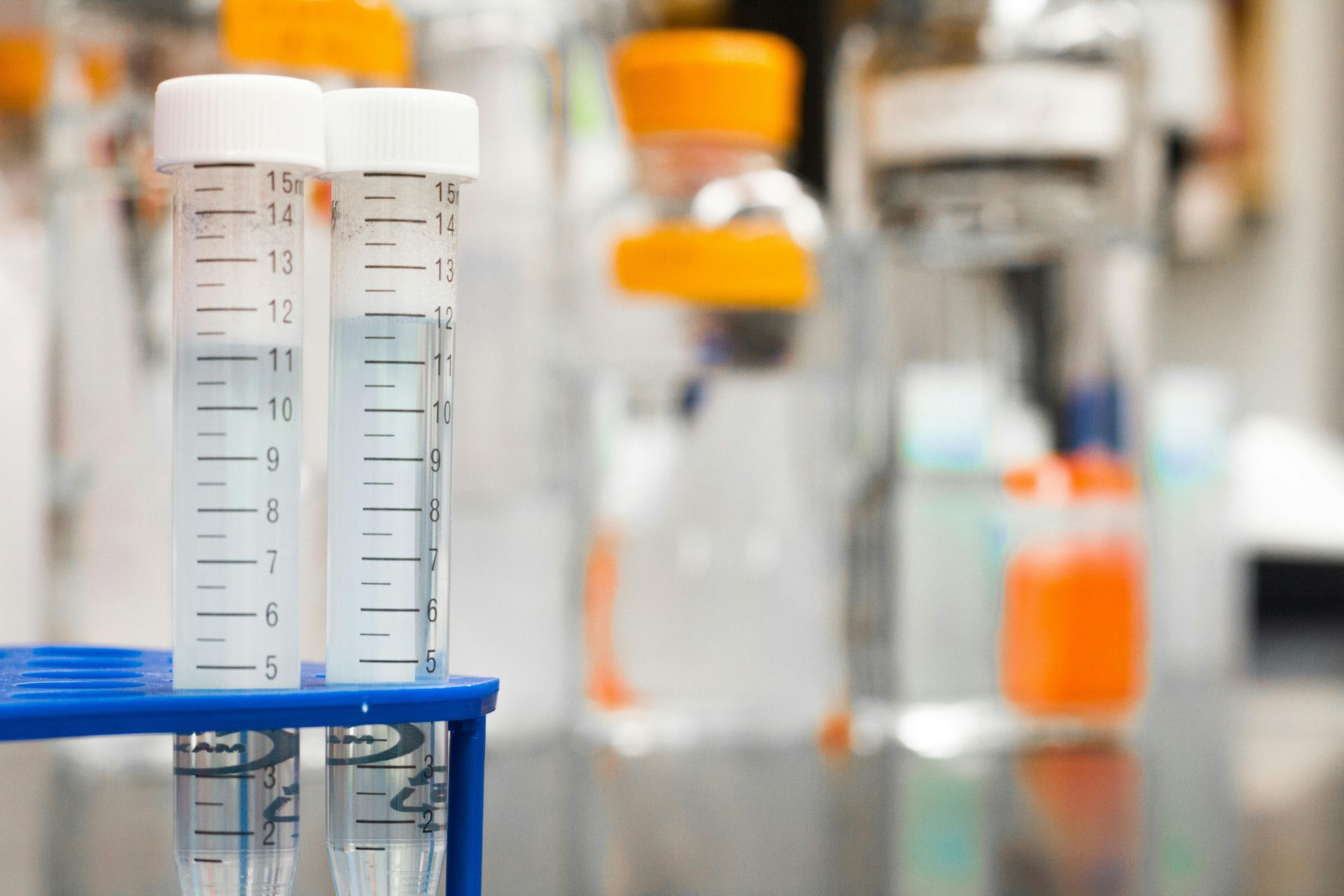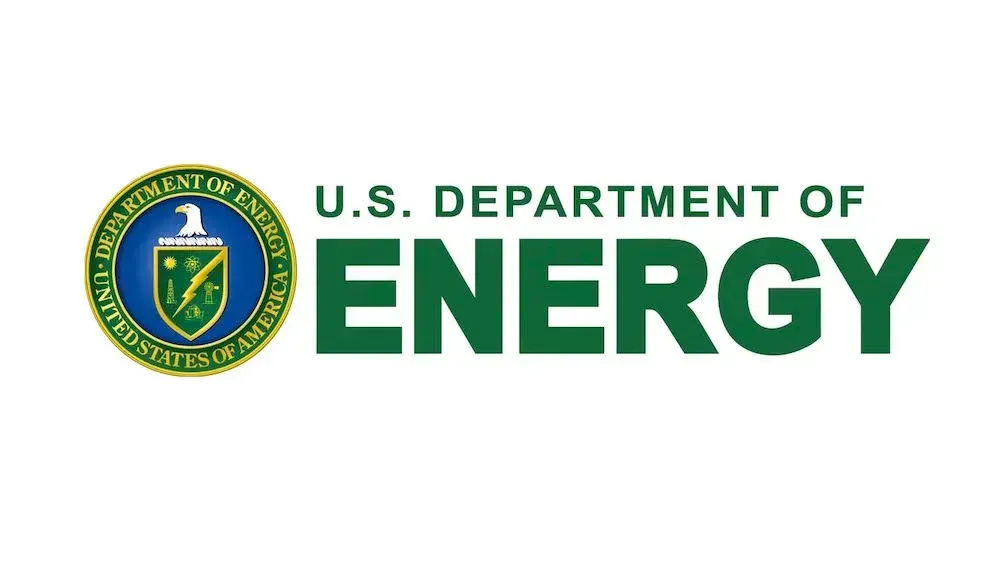US Department of Energy and US Environmental Protection Agency Announce $6M to Support Development of Advanced Biofuels
WASHINGTON — Today, Jan. 8, the U.S. Department of Energy Bioenergy Technologies Office and the U.S. Environmental Protection Agency announced $6 million in funding for three projects that will advance biofuel development and support U.S. leadership in energy and emissions innovation. Funded through the Inflation Reduction Act, the projects will support research to improve performance and reduce costs of high-impact biofuel production technologies, scale up production systems with industry, and support the U.S. bioeconomy.
Located in three states, the selected projects will support DOE’s Sustainable Aviation Fuel Grand Challenge goals by developing biofuel technologies that use sustainable biomass and waste feedstocks. This funding will address the development of advanced biofuels through pre-pilot scale up of integrated biorefinery technologies. The following projects were selected:
- Air Company Holdings, Brooklyn, New York – Biogenic Carbon Dioxide to Drop-in Sustainable Aviation Fuel
- Erg Bio Inc., Dublin, California – Demonstration of the ASPIRE Feedstock Flexible Biomass Deconstruction and Conversion Technology at the Pre-pilot Scale
- Terragia Biofuels, Hanover, New Hampshire – Continuous Conversion of Corn Stover to Ethanol Using Engineered Thermophilic Bacteria.
Biofuels are liquid fuels produced from renewable biological sources, including feedstocks such as plants and algae. When responsibly sourced, U.S. biofuel production can help strengthen the rural economy, move the U.S. toward greater energy independence, and support domestic production of cleaner fuels.
These projects will provide industry with new technologies to meet EPA’s Renewable Fuel Standard Program requirements to reduce greenhouse gas emissions and expand the nation’s renewable fuels sector, while reducing reliance on imported transportation fuel, heating oil, and jet fuel. Using agricultural residues and wet wastes, the projects also align with DOE’s 2023 Billion-Ton Report, an assessment of domestic renewable carbon resources that estimates that the U.S. can sustainably provide 134 million tons of agricultural residues and 32 million tons of wet waste in the near-term.









